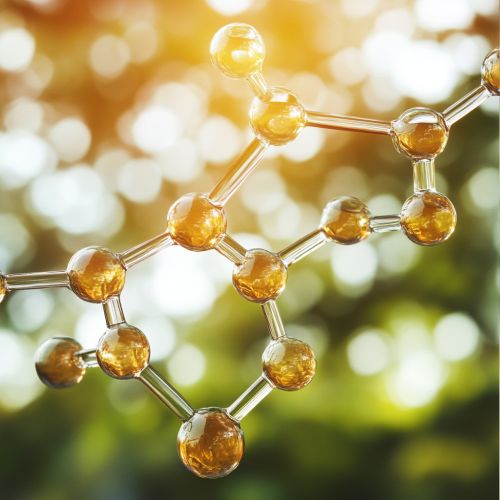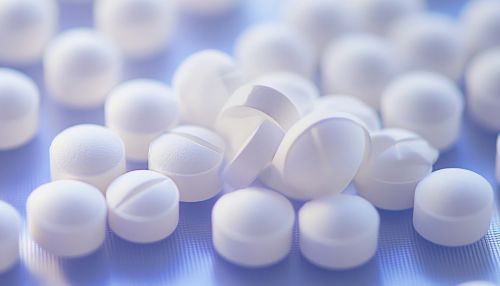Prothioconazole
Introduction
Prothioconazole is a broad-spectrum fungicide belonging to the triazolinthione class of chemicals. It is widely used in agriculture to control a variety of fungal diseases in crops. This article delves into the chemical properties, mechanisms of action, applications, environmental impact, and regulatory aspects of prothioconazole.
Chemical Properties
Prothioconazole has the IUPAC name 2-[2-(1-chlorocyclopropyl)-3-(2-chlorophenyl)-2-hydroxypropyl]-1,2-dihydro-3H-1,2,4-triazole-3-thione. Its molecular formula is C14H15Cl2N3OS, and it has a molecular weight of 344.26 g/mol. The compound is characterized by its triazolinthione structure, which is crucial for its fungicidal activity.


Prothioconazole is a white to light beige crystalline solid with a melting point of 102-104°C. It is moderately soluble in water and exhibits high solubility in organic solvents such as acetone and methanol. The chemical stability of prothioconazole is influenced by pH, with optimal stability observed in neutral to slightly acidic conditions.
Mechanism of Action
Prothioconazole functions by inhibiting the enzyme sterol 14α-demethylase, which is essential in the biosynthesis of ergosterol, a critical component of fungal cell membranes. By disrupting ergosterol production, prothioconazole compromises the integrity of the fungal cell membrane, leading to cell lysis and death. This mode of action is effective against a wide range of fungal pathogens, including those causing diseases such as powdery mildew, rusts, and leaf spots.
Applications in Agriculture
Prothioconazole is employed in the protection of various crops, including cereals, oilseeds, and fruits. It is particularly effective against diseases such as Fusarium head blight, Septoria leaf blotch, and rusts in wheat and barley. The fungicide can be applied as a foliar spray, seed treatment, or soil drench, depending on the target disease and crop.
- Foliar Application
When applied as a foliar spray, prothioconazole provides both curative and protective action. It is rapidly absorbed by the plant tissues and translocated to the site of infection, offering systemic protection. The recommended application rates and timing vary based on the crop and disease pressure.
- Seed Treatment
Prothioconazole is also used as a seed treatment to protect seedlings from soil-borne and early-season foliar diseases. This application method ensures early protection and promotes healthy crop establishment.
- Soil Drench
In some cases, prothioconazole is applied as a soil drench to control root and stem diseases. This method is particularly useful in high-value crops such as vegetables and ornamentals.
Environmental Impact
The environmental fate of prothioconazole is influenced by its chemical properties and application methods. It exhibits moderate persistence in soil, with a half-life ranging from 30 to 60 days, depending on soil type and environmental conditions. Prothioconazole is subject to microbial degradation, and its primary metabolites include prothioconazole-desthio and prothioconazole-sulfoxide.
- Ecotoxicology
Prothioconazole has been evaluated for its effects on non-target organisms, including aquatic life, birds, and beneficial insects. It is considered moderately toxic to fish and aquatic invertebrates, with chronic exposure posing a higher risk. However, it has a low toxicity profile for birds and mammals. The impact on beneficial insects, such as pollinators and natural predators, is minimal when used according to label recommendations.
- Soil and Water Contamination
The potential for soil and water contamination is a concern with any pesticide. Prothioconazole has a low leaching potential due to its moderate solubility and strong adsorption to soil particles. However, runoff from treated fields can lead to contamination of surface waters. Best management practices, such as buffer zones and proper application timing, are essential to minimize environmental impact.
Regulatory Aspects
Prothioconazole is registered for use in many countries worldwide, including the United States, European Union, and Australia. Regulatory agencies, such as the EPA and the EFSA, have conducted comprehensive risk assessments to ensure its safe use. These assessments consider factors such as human health, environmental impact, and efficacy.
- Maximum Residue Limits
Maximum residue limits (MRLs) for prothioconazole have been established for various crops to ensure food safety. These limits are based on extensive residue trials and are enforced through monitoring programs. Compliance with MRLs is crucial for maintaining market access and consumer confidence.
- Worker Safety
The safety of agricultural workers handling prothioconazole is addressed through the implementation of personal protective equipment (PPE) requirements and restricted-entry intervals (REIs). Training programs and safety guidelines are provided to minimize exposure and ensure safe handling practices.
Resistance Management
The development of resistance to fungicides is a significant concern in crop protection. Prothioconazole is classified as a Group 3 fungicide by the FRAC, indicating its mode of action as a demethylation inhibitor (DMI). To manage resistance, it is recommended to use prothioconazole in rotation with fungicides having different modes of action and to integrate non-chemical control measures.
Conclusion
Prothioconazole is a versatile and effective fungicide widely used in modern agriculture to manage a broad spectrum of fungal diseases. Its chemical properties, mode of action, and application methods make it a valuable tool for crop protection. However, careful management is essential to minimize environmental impact and prevent the development of resistance.
